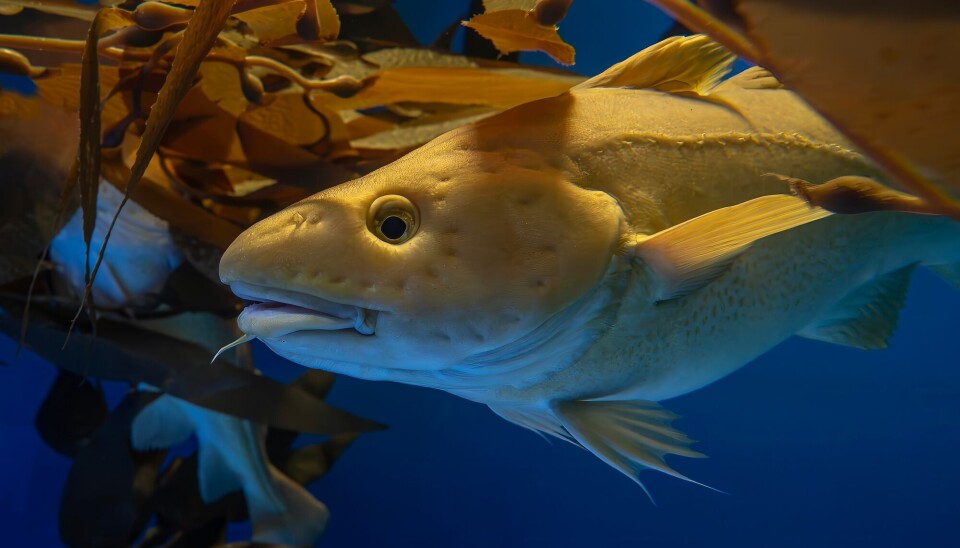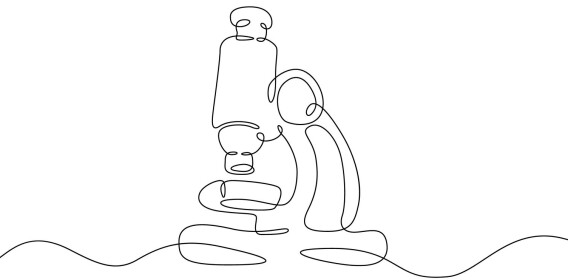
Over 10 million fish consumed within a few hours off the Norwegian coast. “It was enough to send chills down your spine”
This is the largest feeding frenzy ever recorded for a predator, according to the researchers behind this new study.
The massacre lay hidden in sound measurements from the sea for ten years.
Together with researchers at MIT, Olav Rune Godø used an advanced acoustic measurement technique off the Norwegian coast in 2014.
The sound signals travelled far, capturing data on fish within a 50-kilometre radius.
Until now, however, researchers could not distinguish between different fish species.
A new analytical method solved this problem, as reported in a new study in the scientific journal Communications Biology.
A dramatic event beneath the surface of the water
Godø was astonished when he reviewed what was preserved in the sound recordings.
“It was enough to send chills down your spine,” says the marine scientist, who is now self-employed after retiring from the Institute of Marine Research.

The data revealed a dramatic event off the coast of Finnmark in northern Norway.
First, capelin – a small fish measuring 15-20 centimetres – gathered in a massive school.
Each year, these capelin migrate from the polar front to the Norwegian coast to spawn.
But within just a few hours, their numbers would be slashed in half.
Ate over ten million capelin
The capelin's greatest predator, the cod, had formed its own enormous school.
What followed was the largest predation event ever recorded, according to a press release from MIT.
In just four hours, the cod had devoured over 10 million capelin.

Melting ice could make capelin more vulnerable
The speed at which such massive attacks occur is crucial knowledge for those monitoring marine fish populations, notes Godø.
"Additionally, understanding these events is fundamental to understanding how the ecosystem functions," he says.
Melting Arctic ice and overfishing could also make capelin populations more vulnerable.
Such massacres could therefore have dramatic consequences for the species in the future, Nicholas Makris, one of the researchers at MIT, says in the press release.
Both capelin and the many species that depend on it could then be at risk, he adds.
"A small portion of the capelin in the Barents Sea"
Øystein Ole Gahr Langangen also researches capelin and cod at the University of Oslo.
He agrees that the study sheds new light on how these fish behave.
However, Langangen does not believe capelin as a species is endangered by such attacks, despite climate change.
"10 million capelin is a large number, but it's still a small portion of the capelin population in the Barents Sea," Langangen writes to sciencenorway.no.
The strongest survive in schools
It raises the question, though: Is it wise for fish to form massive schools if half of them could be wiped out by predators?
Yes, it probably still is, believes Godø.
Capelin that stayed outside the school were eaten even more frequently than those inside.
Previous research highlights another important role of such schools.
“Animals in peak physical condition tend to gather tightly in the centre, while those in poorer shape are left on the edges and are more likely to be picked off,” he explains.
In this way, cod shape the capelin as a species. The weakest die, while the strongest get to spawn and pass on their genes.
———
Translated by Alette Bjordal Gjellesvik
Read the Norwegian version of this article on forskning.no
Reference:
Pednekar et al. Rapid predator-prey balance shift follows critical-population-density transmission between cod (Gadus morhua) and capelin (Mallotus villosus), Communications Biology, vol. 7, 2024. DOI: 10.1038/s42003-024-06952-6
Related content:

Subscribe to our newsletter
The latest news from Science Norway, sent twice a week and completely free.






































